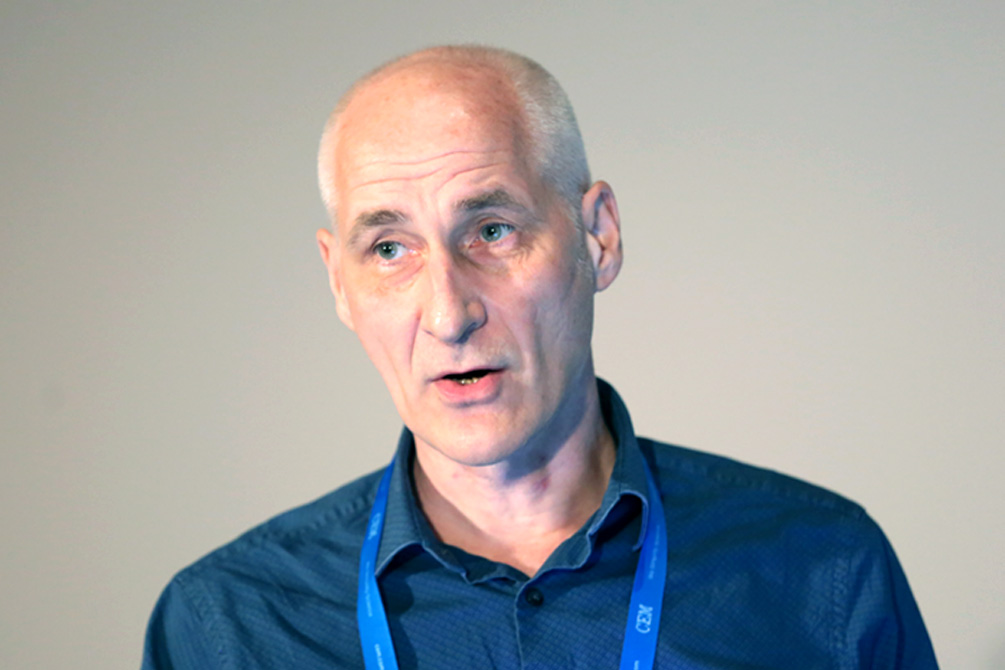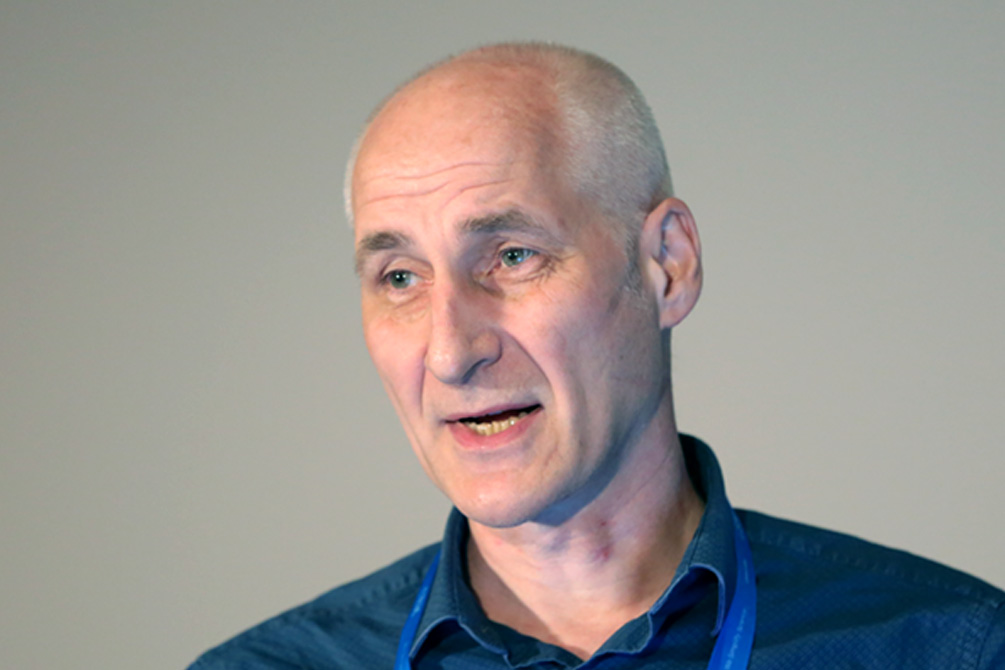Christian Schafmeister
Temple University
Talk Session: SESSION 11: SCAFFOLDS AND PEPTIDOMIMETICS
Date: Wednesday, June 15, 2022
Talk Time: 11:55 am - 12:15 pm
Talk Title: Automated Synthesis of Spiroligomers: Programmable, Shape-defined, and Cell-permeable Peptidomimetics
My group has developed a radical new approach to creating large, complex molecules to carry out complex molecular recognition and catalytic functions in the way that biological proteins do. Our approach is to synthesize stereochemically pure cyclic building blocks, bis-amino acids, that we couple through pairs of amide bonds to create spiro-ladder oligomers with programmed shapes, bis-peptides.
Functionalized spiroligomers are efficiently assembled in solution or solid support using a new amide bond forming reaction that we have recently described, Brown, Z.Z. and Schafmeister, C.E., Synthesis of hexa- and penta- substituted diketopiperazines from sterically hindered amino acids, Org. Lett., 2010, 12(7), 1436-1439. The structure of each spiroligomer is pre-organized and controlled by the sequence and stereochemistry of its component bis-amino acids. Spiroligomer structures range from short functionalized oligomers containing two or three bis-amino acids, 500-700 Daltons, to complex covalent-bundles containing dozens of individually controllable stereocenters and functional groups that display complex three-dimensional structures and present pockets and complex surfaces, 1,500 – 10,000 Daltons.
We have demonstrated that short spiroligomers have good water solubility, penetrate eukaryotic cells, and unlike peptides they will not be degraded by proteases.
We are developing spiroligomers to speed up chemical reactions, act as catalysts.
We are also developing spiroligomers as new therapeutics that can bind protein surfaces and disrupt protein-protein interactions.
Spiroligomers are highly functionalized, shape-programmable ladder-oligomers formed by joining functionalized, stereo chemically pure bis-amino acids through pairs of amide bonds. We have previously shown that spiroligomers can modulate protein function by binding grooves on protein surfaces and disrupting protein-protein interactions.
Over the last three years we have scaled up the synthesis of bis-amino acids to 30-kilogram scale. We have demonstrated the efficient incorporation of the fluorenylmethyloxycarbonyl, Fmoc, protecting group at hundreds of gram scale and the incorporation of more than 25 diverse functional groups on four stereochemically pure monomers.
In the past year, we have prepared more than 600 spiroligomers with molecular weights in the range of 1,300 to 1,500 Daltons using automated peptide synthesizers at a 10-100 milligram scale. These spiroligomers were chosen randomly from the space of 100 million tetramers that we can assemble from our current set of 100 monomers.
We have also measured cytosolic penetration of 11 diverse spiroligomers using the chloroalkane penetration assay, CAPA. More than half of the spiroligomers tested appear to penetrate cells by passive diffusion, and most of them penetrate cells better than a poly- arginine peptide. The diversity of 1,500 Dalton spiroligomer structures that we can access synthetically and the observation of cytosolic permeability despite their large size suggests that spiroligomers are an attractive class of "beyond rule-of-five" compounds for therapeutics that inhibit protein-protein interactions.







